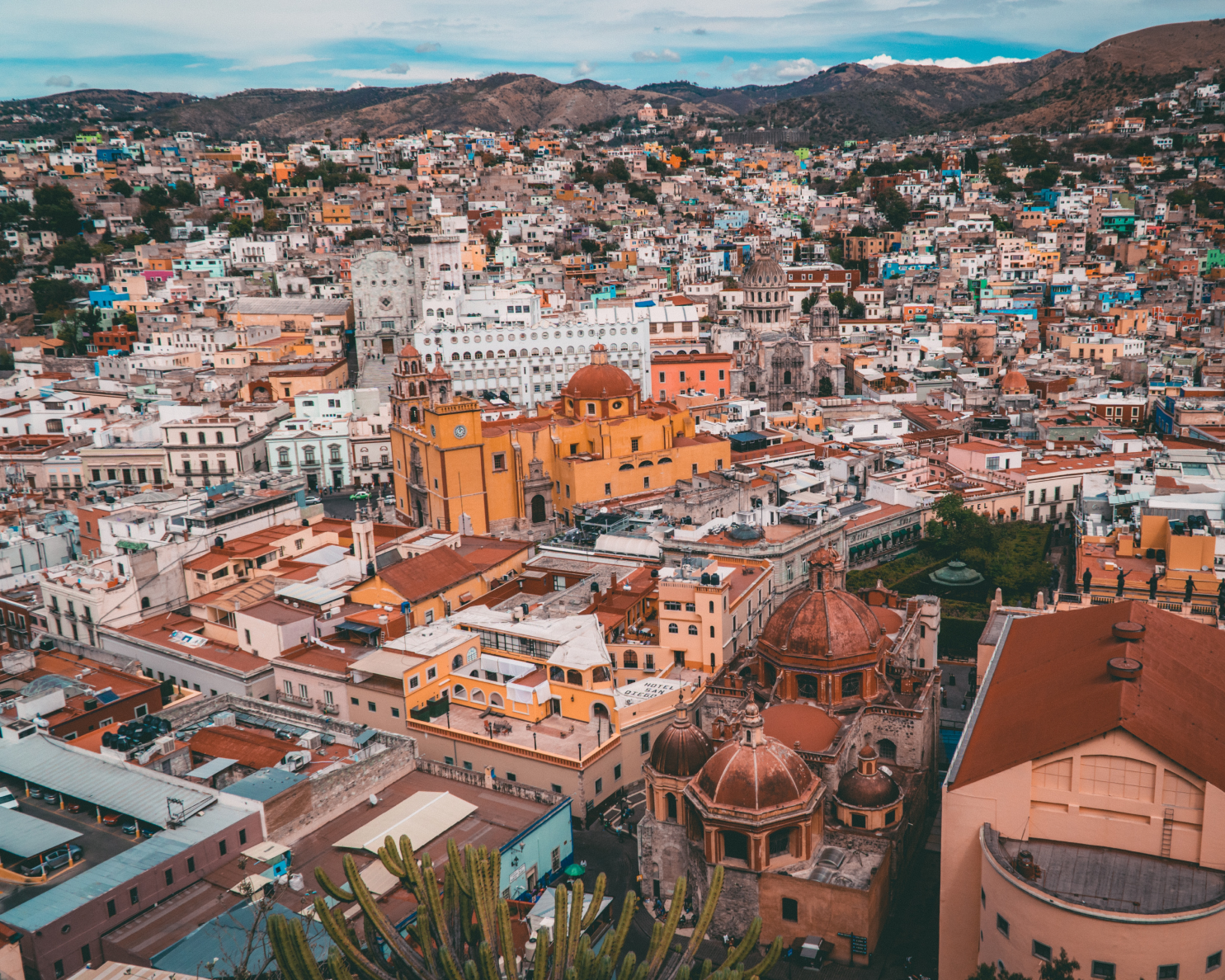Description
Since 2013, Romanian industrial and power companies who entered the European Union Emissions Trading Scheme EU ETS in 2007 are required to buy rights to emit carbon dioxide. A carbon credit is a ‘right to pollute’ certificate that entitles the right to emit one tonne of carbon dioxide or the mass of another greenhouse gas, with a CO2 equivalent. The idea is to make it more expensive for power companies to emit, become energy efficient and switch to greener technologies. The carbon credits Romania system is fairly successful with the implementation with highly polluting companies receiving 70% of carbon credits. The sale of carbon credits to Romanian power companies enabled financing of new developments such as 122km of cycling paths and 4 metro lines with 45 stations. This resulted in reduced usage of vehicles and related carbon emissions. 70% of the received income from carbon credits has been spent on climate investment projects by the government of Romania.
Location
Bucharest, Romania
Region
Central Asia & Eastern Europe
Instrument
Carbon credits from carbon markets (international or regional)
Instrument category
National government transfers
Secondary instruments
N/A
Project size (range)
USD 100-200M
Project size (details)
A collection of EUR 2 BN/USD 2.1BN was estimated in the 2016-2020 period. In 2013 and 2014, EUR 139M / USD 146.6M were allocated to various transport projects in Bucharest: investments in the Bucharest subway (EUR 76M/USD 80.2M), purchase of buses and micro-buses for public transportation (EUR 48M/USD 50.7M), reconversion of public transport buses from diesel to liquefied gas (EUR 5M/USD 5.3M), implementation of bicycle infrastructure in Bucharest (EUR 10M/USD 10.6M)
Implementer
The Romanian Ministry of Public Finance (ETS Revenue collection)
Year of financial closure
There is recurring annual income from ETS auction revenue.
Client
The Ministry of Environment, Waters and Forests
Primary financer
Revenue from the ETS, gathered from the Romanian industries and large corporations and airline operators that currently participate in the EU ETS.
Other co-financers
N/A
Other contributors
N/A
Other transaction participants
The Ministry of Environment, Waters and Forests
Barriers addressed
Boosting municipal government resources for infrastructure investment: Revenues from ETS have significantly boosted government resources to invest directly in climate investment projects such as low-carbon transport infrastructure.
Financing structure
The Ministry of Public Finance continues to collect the revenues from auctioning carbon credits under the ETS, and after directing 29% of the payments to the State budget, it transfers the remaining 71% to the Ministry of Environment, Waters and Forests’ special “climate” account. The Ministry of Environment, Waters and Forests coordinates the disbursement to other government ministries and departments.
Suitability for cities in low-and-middle income countries (detail)
No. This is currently only applicable to EU countries who are a part of the EU ETA. It can be adopted by cities are eligible to gain from an emissions trading system at a scale sufficient to raise meaningful resources.
Weblinks
References
[1] Karas, B. (2016) Carbon credits: think local!. Energy Cities.
[2] Suspension note: Neslen, A. (2011) Romania suspended from Kyoto carbon trading. Euroactiv.
